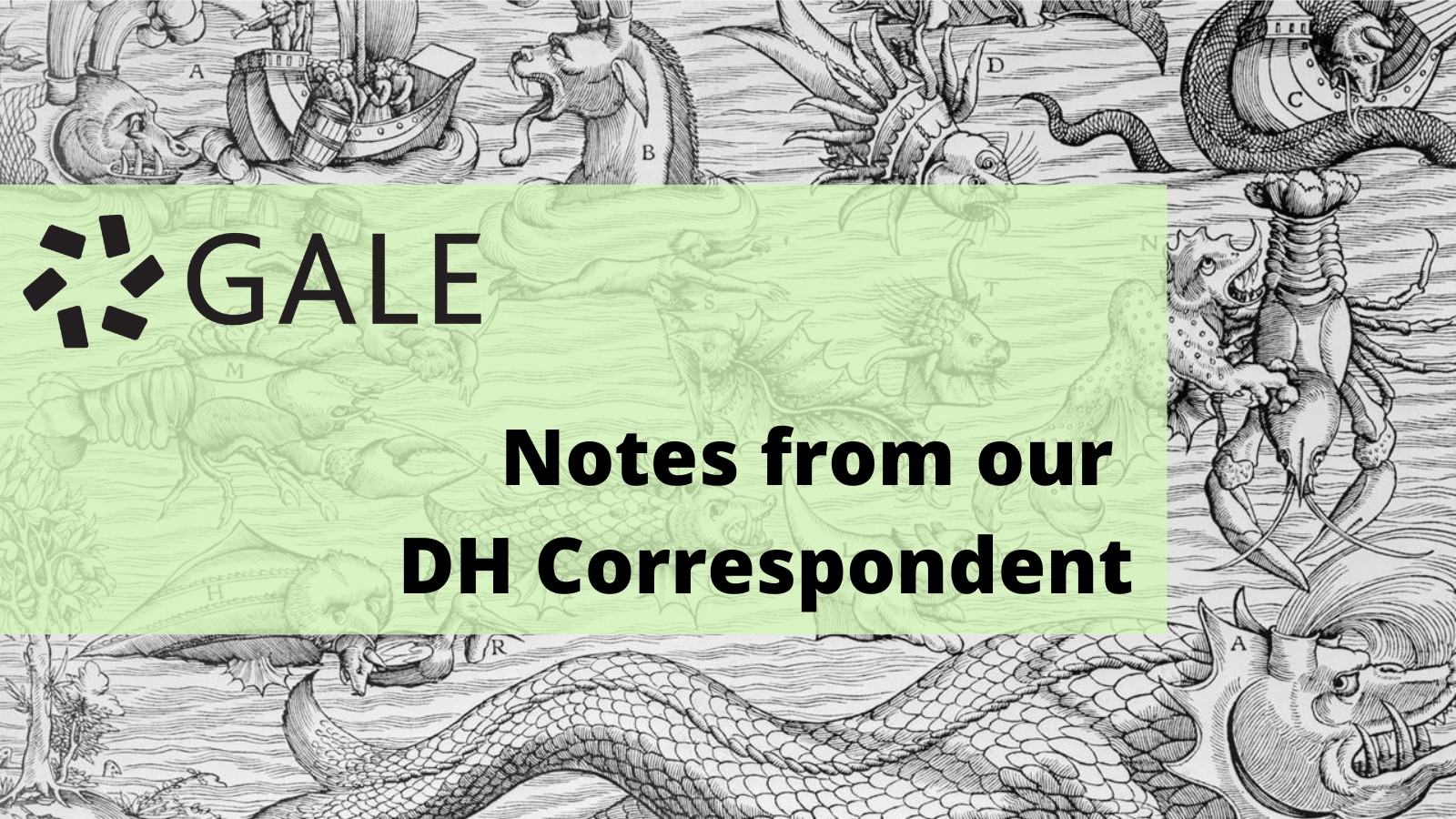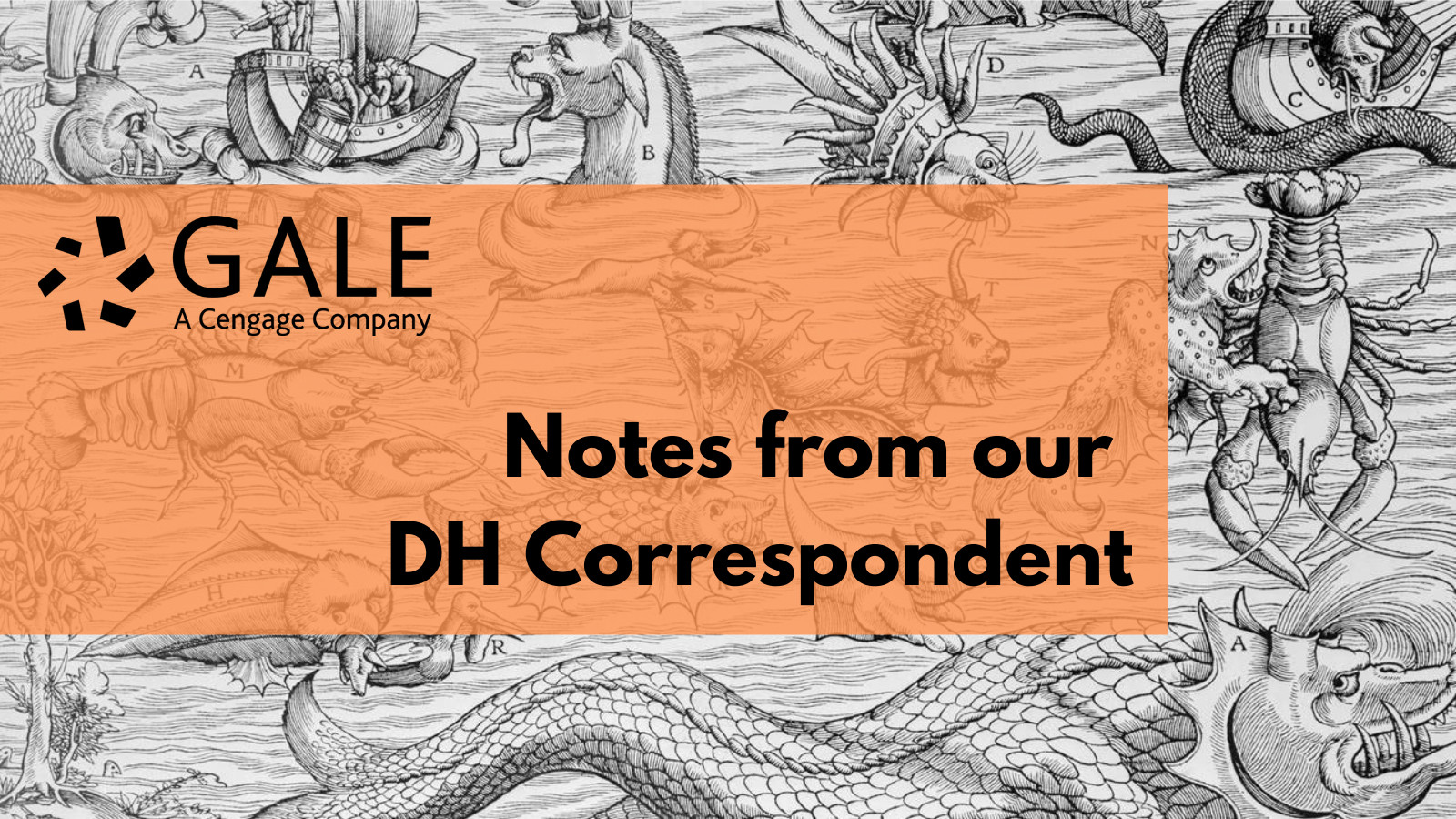│By Jess Ludwig, Director, Product Management│
On a recent humid summer morning in Arlington, Virginia, participants in the Gale-Society for the History of American Foreign Relations (SHAFR) fellowship presented exciting research findings at SHAFR’s 2025 annual conference.
SHAFR was founded in 1967 and “is dedicated to the scholarly study of the history of American foreign relations.” In 2024, Gale and SHAFR partnered to create a fellowship; as part of the program, Gale made available Gale Primary Sources archives tailored to each fellow’s research agenda; access to the primary sources text and data mining platform Gale Digital Scholar Lab; and a stipend.










